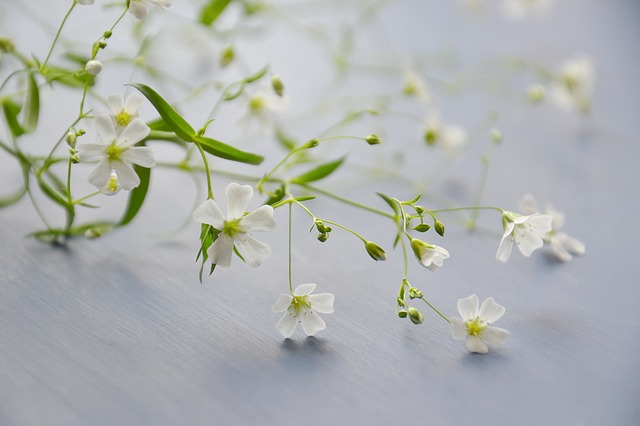
The spa experience is not just about the services you provide. The best spas are able to set an ambiance that takes an excellent service experience to the next level. Botanicals, which are derived from plants, are an often overlooked way to heighten the experience of spa services.
First we will examine how to use botanicals in the context of the spa experience. Then we will look at some common botanicals that many people feel have therapeutic effects.
How are Botanicals Used to Enhance the Spa Experience?
Botanicals are typically used in two ways. The first is through an infusion into a product used in spa services. Things like creams, serums, lotions, etc. can all be infused with botanicals to enhance certain therapeutic effects.
The second is through aromatherapy. Essential oils, which are a pure, liquid extract version of a botanical, are mixed with water and put into a diffuser. The diffuser produces a vapor that creates an aroma for the space in which you provide your services.
The first method also makes use of essential oils, but the extract is typically put into the product during the manufacturing process and not at the spa. If you are a DIY type, you can make your own botanical extract in some cases. Take kratom for example. It is relatively easy and economical to make an extract from kratom powder. In other cases, such as with lavender, it is more economical to buy the essential oil from a trusted vendor.
What are the Best Botanicals to Use?
There are hundreds and hundreds of botanicals available to you. Aromatherapy has become sufficiently mainstream enough that you can find a handful of the most popular essential oils at big box retailers like Walmart and Target.
You will have to go to a botanical shop, apothecary, or order online if you want some of the rarer and less-known botanicals. Below is some information on some of the easiest botanicals to incorporate into your spa.
Lavender
Lavender belongs to a genus of plants in the mint family that contain 47 different species of Lavandula. The lavender we are most familiar with is Lavandula Angustifolia, also known as common lavender.
It is a shrub that grows to about 2 feet in length. Originating from the Old World, it can be grown in temperate climates and is often found in herb gardens around the United States. Common lavender is what is harvested to create extract. It takes roughly 200 pounds of flowers to create a pound of extract.
While there are no reliable clinical studies that prove the following claim, many people say lavender has soothing properties. It is why it is one of the most popular essential oils in aromatherapy.
Kratom
Kratom comes from Southeast Asia and is an evergreen tree related to the coffee tree. It gets up to 25 ft tall and has wide, fanning leaves. Cultures native to the Indonesian islands, where 95 percent of the world’s kratom is grown, used to use the leaves orally and aromatically for both relaxation and an energy boost.
The “color” of a kratom strain refers to when it was harvested. Red varieties were harvested the latest, which supposedly gives it the most calming effects.
Get your kratom extract from a vendor approved by the American Kratom Association, and make sure to look for one made out of a red strain variety.
Cinnamon
Cinnamon is a spice many people know, especially in the United States. It is common in dessert dishes and coffee flavoring. It comes from the bark of a tree known as Cinnamomum Verum. Indonesia and China currently produce over 70 percent of the world’s cinnamon.
In addition to being used as a spice for food, it is also used in aromatherapy. It is thought to help ease stress and anxiety.
Bergamot
Bergamot is actually a type of orange that is grown predominantly in Italy. You won’t find it at your grocery store, but the extract can be found at most places that sell essential oils. It takes about 100 oranges to produce about three ounces of oil.
The oil is popularly used in perfume formulation. It has a sweet, citrusy smell that some people in aromatherapy circles say has calming effects.
Final Words
Success in the spa industry comes down to a commitment to constant innovation. The spas that separate themselves from the pack are willing to push boundaries and do the little things that enhance the spa experience.
Now that you have read this article, incorporate these botanicals through aromatherapy and gather feedback from your customers to judge its effectiveness.

